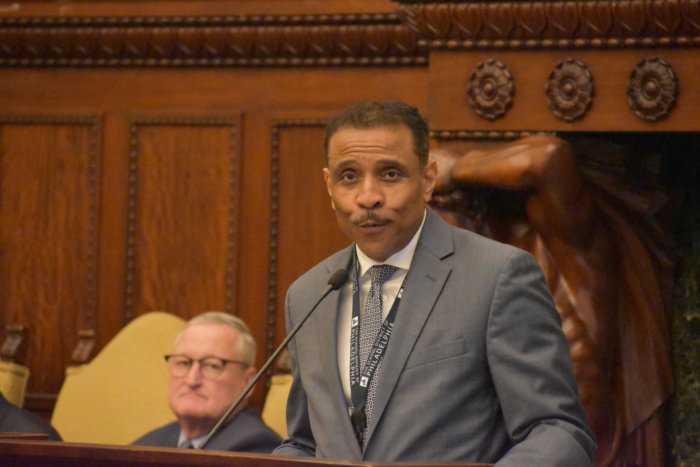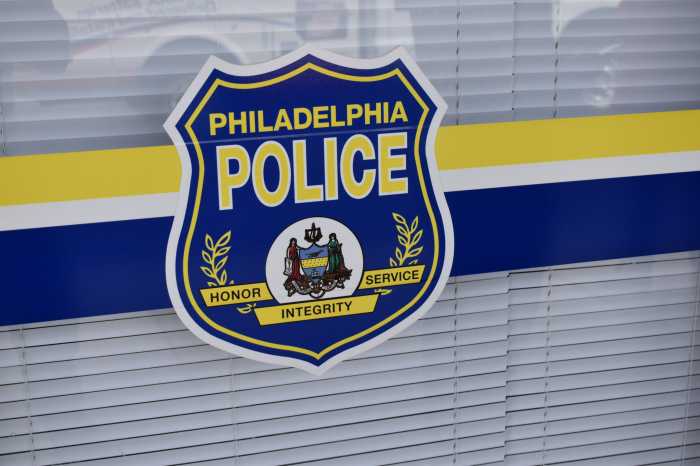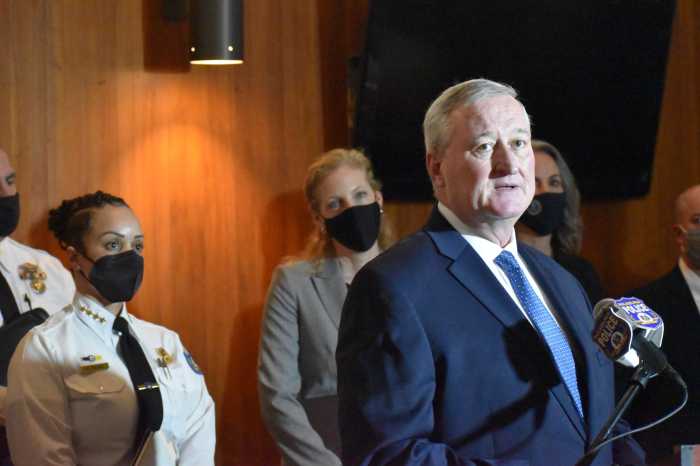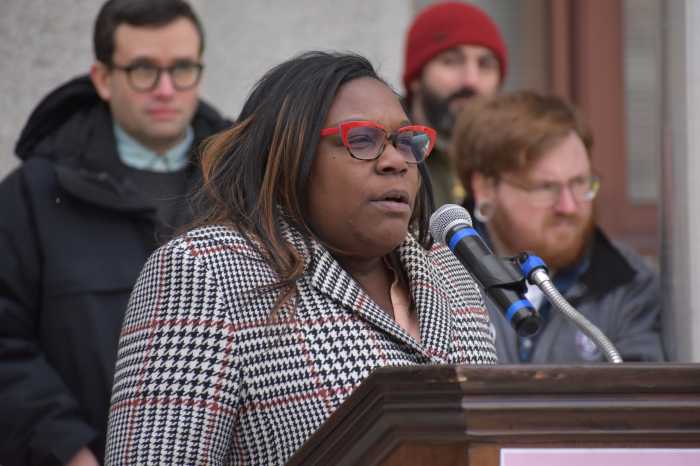School District of Philadelphia Superintendent Tony Watlington Sr. — navigating his first budget process as head of a big city public education system — spent nearly four hours Tuesday testifying in front of the lawmakers in charge of crafting the city’s spending plan.
District leaders and the Board of Education argue that, in order for the system to be fully funded, City Hall would need to contribute an additional $319 million annually, along with an extra $824 million from the state government.
In years past, the request would have seemed like a pipe dream, but there is optimism, especially after a state court found that Harrisburg’s method of funding poorer schools is unconstitutional.
“I truly believe we are on the beginning stage of a public education renaissance in the City of Philadelphia,” BOE President Reginald Streater told City Council members during Tuesday’s budget hearing.
Mayor Jim Kenney’s budget proposal allocates $282 million to the school system, an increase of $12 million compared to the current fiscal year. His administration has consistently raised the city’s contribution to the district.
Nonetheless, barring any further intervention, the district is heading toward a deficit in the years to come, when it runs out of the $1.1 billion it received from the federal American Rescue Plan, said Mike Herbstman, Watlington’s chief finance officer.
“This budget before the council is an incremental budget,” Herbstman added. “It continues to invest along the margins in the most critical and emergent areas.”
The BOE is expected to vote on the district’s $4.4 billion budget on May 25, while Kenney and council must agree to a spending plan before the end of June.

Watlington started as superintendent less than a year ago, and his vision for the future of the city’s schools will become clearer later this month, when he releases his five-year strategic plan.
That document is expected to guide the district’s decisions about the closing and opening of schools, as well as what measures to pursue to increase test scores and academic achievement.
“The strategic plan, in theory, I think is going to be all of our legacies,” Streater said. “It will be the thing that springboards our city for the next hundred years.”
Asbestos challenges
Students at Building 21, a high school in West Oak Lane, returned to their building Tuesday morning for the first time since asbestos was found two months ago.
The school is one of several that have had to temporarily suspend in-person classes this academic year due to damaged asbestos-containing plaster.
BOE Vice President Mallory Fix-Lopes said during the hearing that the closures are a sign that the district’s new environmental contractor is making progress, finding asbestos in areas previously marked safe.
District leaders have cited a 2017 analysis that found that the school system needs $4.9 billion to address deferred maintenance and would need nearly $8 billion to address all facilities issues.
Several council members traveled Monday to Harrisburg to rally with local state legislators in a push to get Pennsylvania to commit $5 billion over five years to improve school buildings around the commonwealth.
Councilmember Isaiah Thomas, one of those who made the trip, requested that Watlington’s team send over an itemized account of how the district used its coronavirus relief dollars. He also asked for documents showing how the district has used state money earmarked for facilities over the past decade.
The financial information, Thomas said, is needed to help secure additional funding from Harrisburg this budget cycle.
Watlington said he is in the process of forming a building project team composed of experts, faith leaders, and those in the nonprofit and business communities to help the district respond to asbestos and other environmental issues.
In addition, as part of the effort, the district plans to create an advisory committee of outside stakeholders.
Special admissions
Watlington appeared open to changing the district’s admissions process for criteria-based schools.
A lottery system, introduced last year, has been criticized by some families and has led to about 800 unfilled seats in the district’s special admissions high schools because not enough applicants met the requirements.
Previously, selection at such schools involved student interviews, leaving more power in the hands of principals. The randomized criteria-based system was aimed at increasing racial and geographic diversity.
Watlington said an outside team is auditing the admissions changes and coming up with recommendations. The goal will likely be to marry the two systems, restoring some discretion to principles without allowing parents to get their children enrolled based on personal connections.
Councilmember Curtis Jones Jr. said he has heard from parents and grandparents who “literally view this as life and death.” He added, “And to a degree, they might be right.” Jones asked whether administrators could model high-performing schools at the neighborhood level.
“We are identifying strategies to improve non-criteria-based schools and perhaps expand some of our criteria-based schools, so that they are in other areas of the city versus just having one Masterman or one Central or one whatever,” Watlington responded.




























